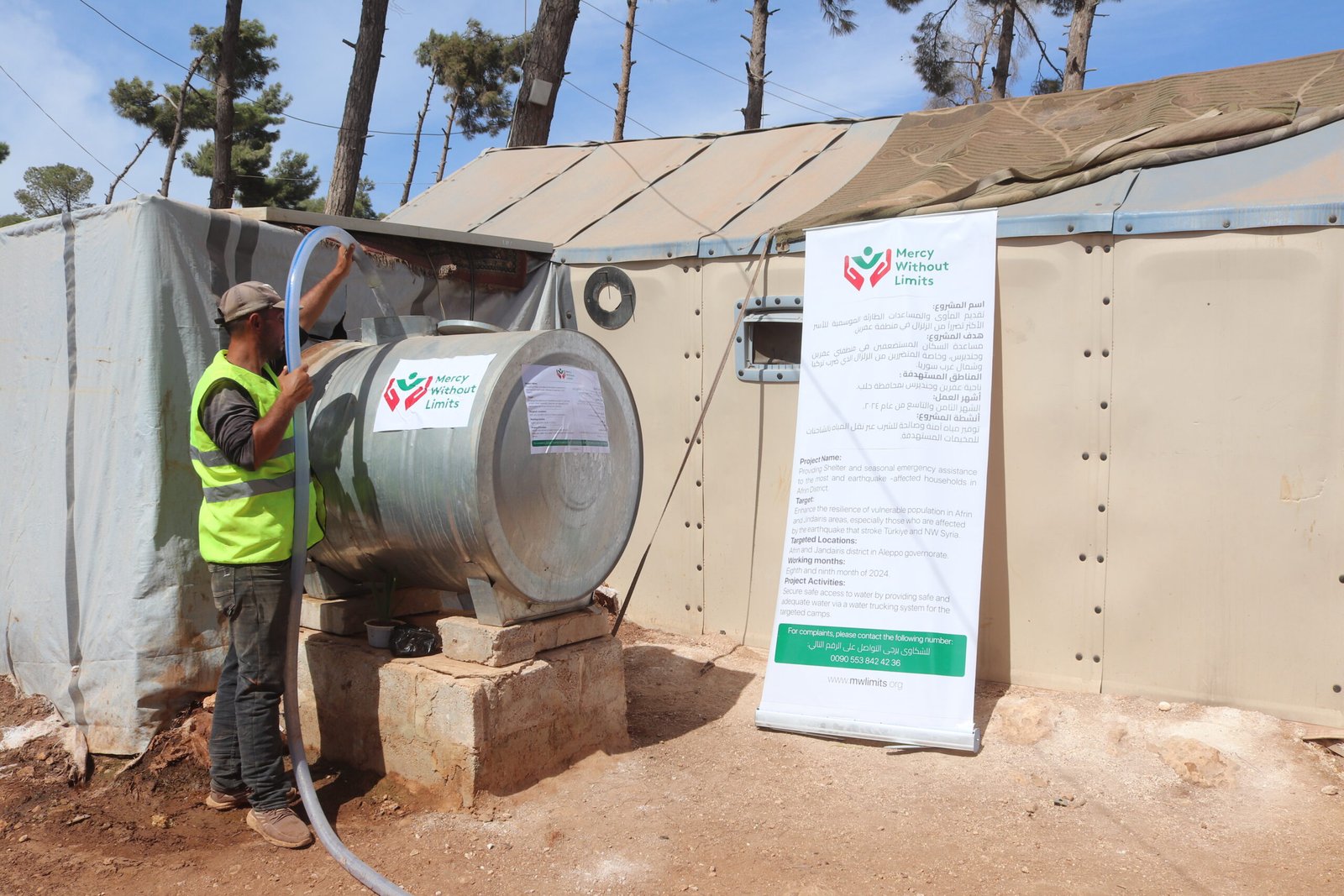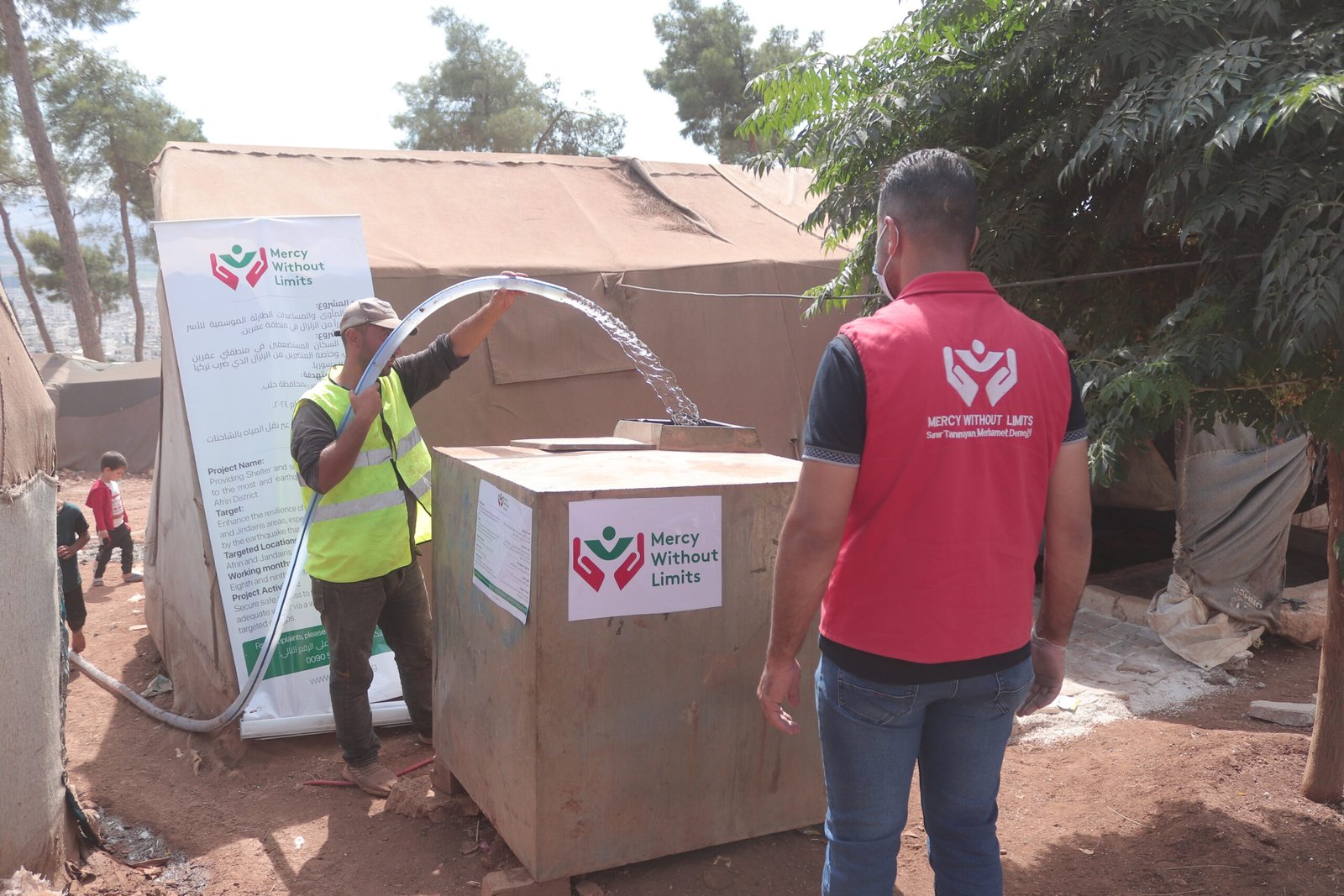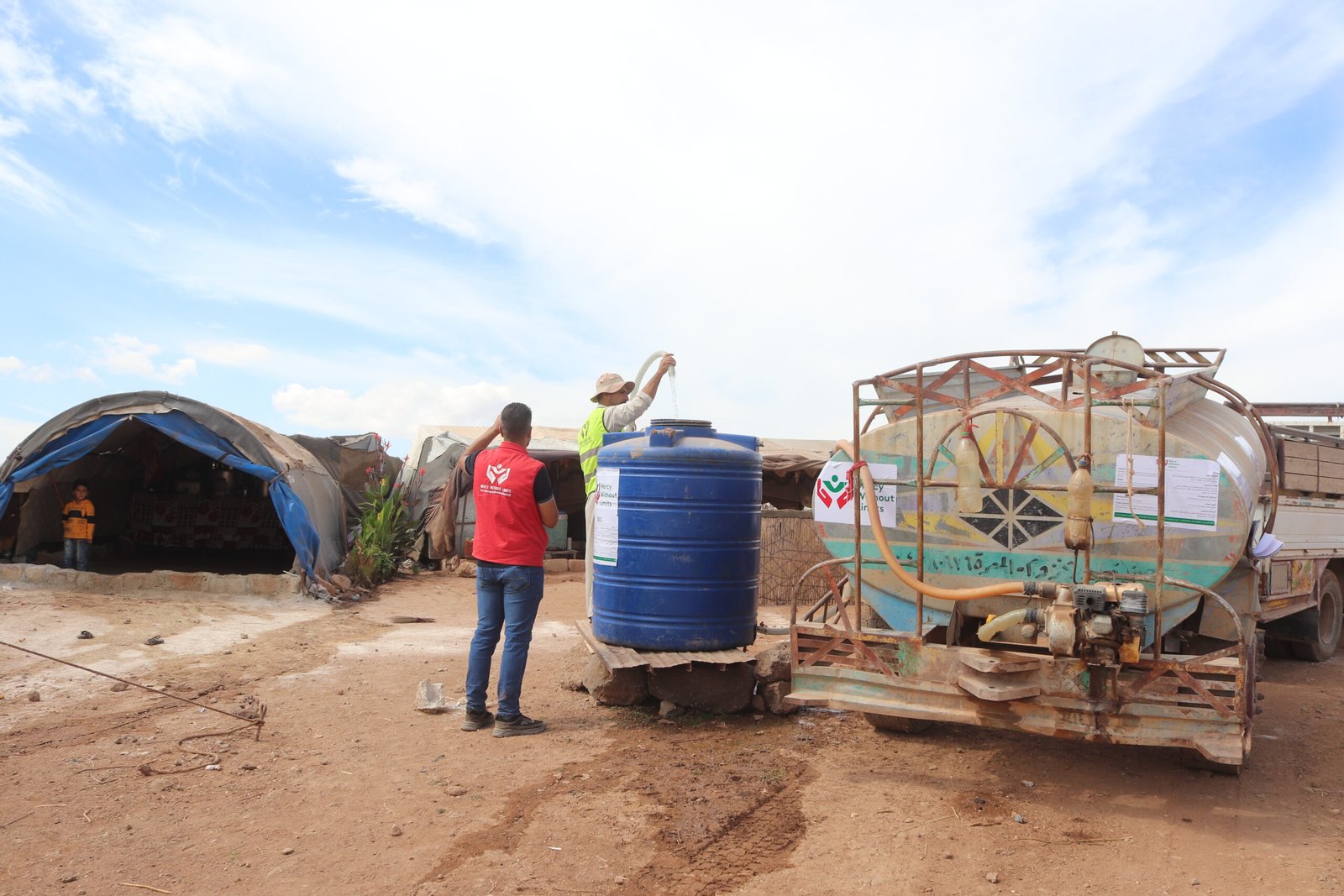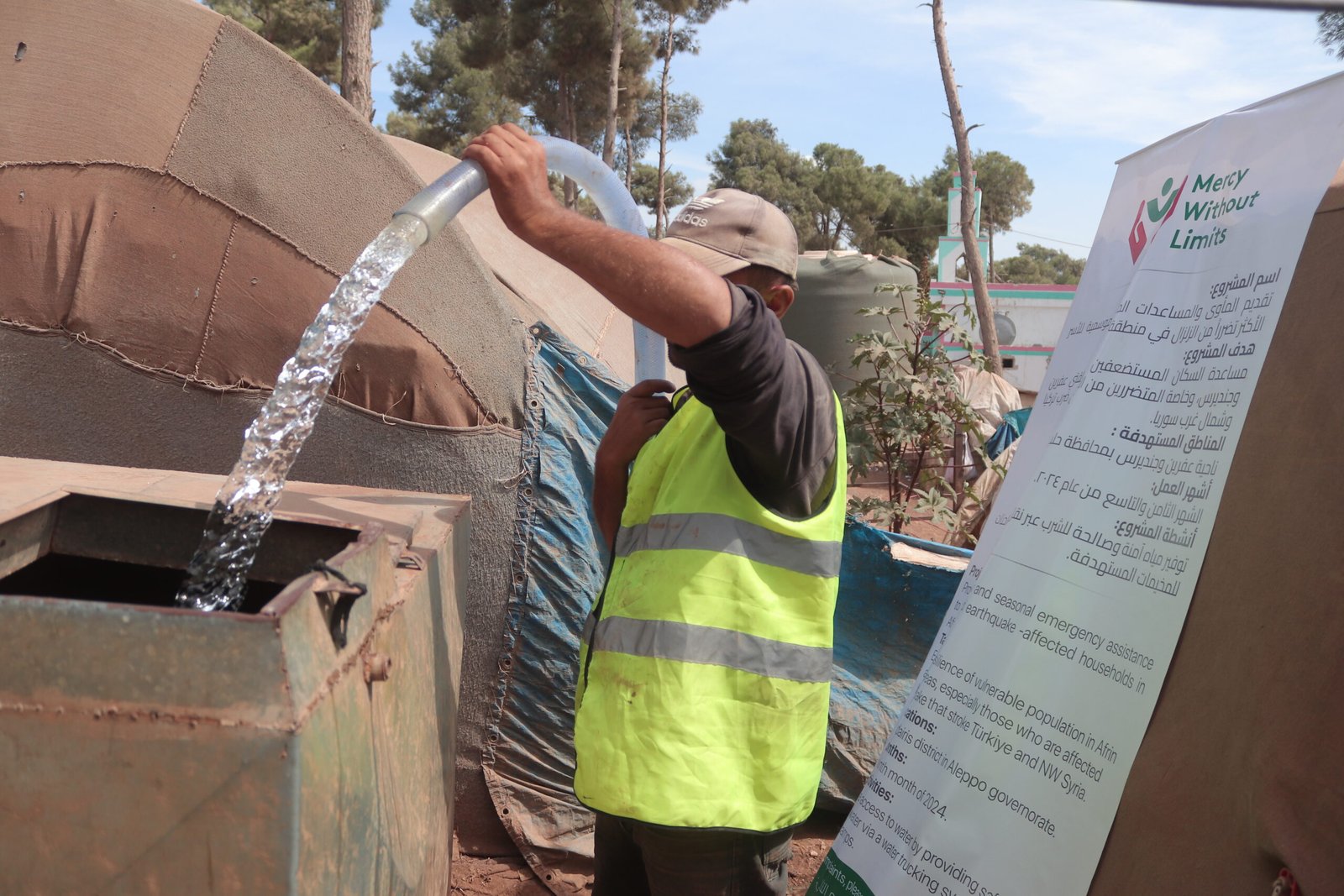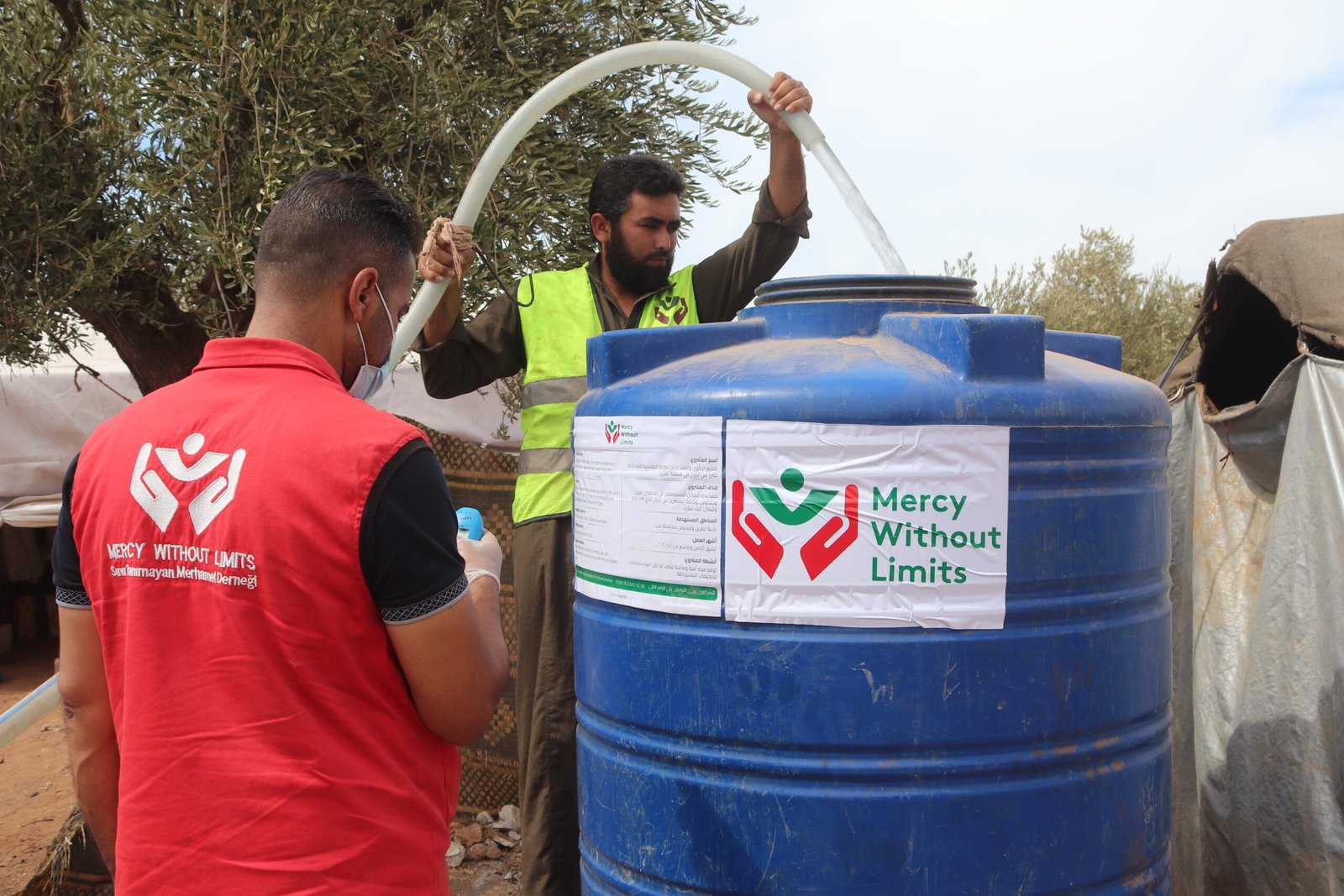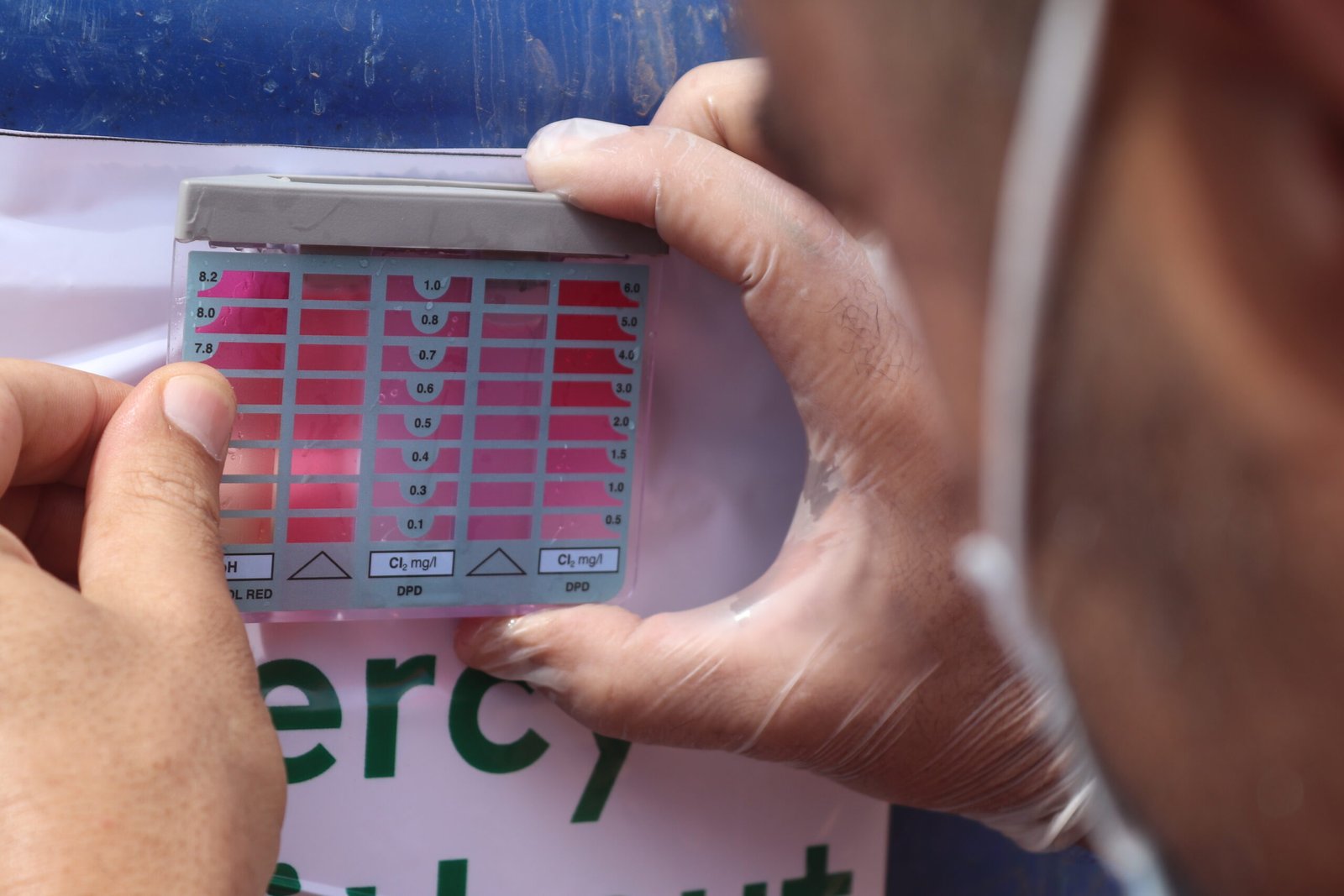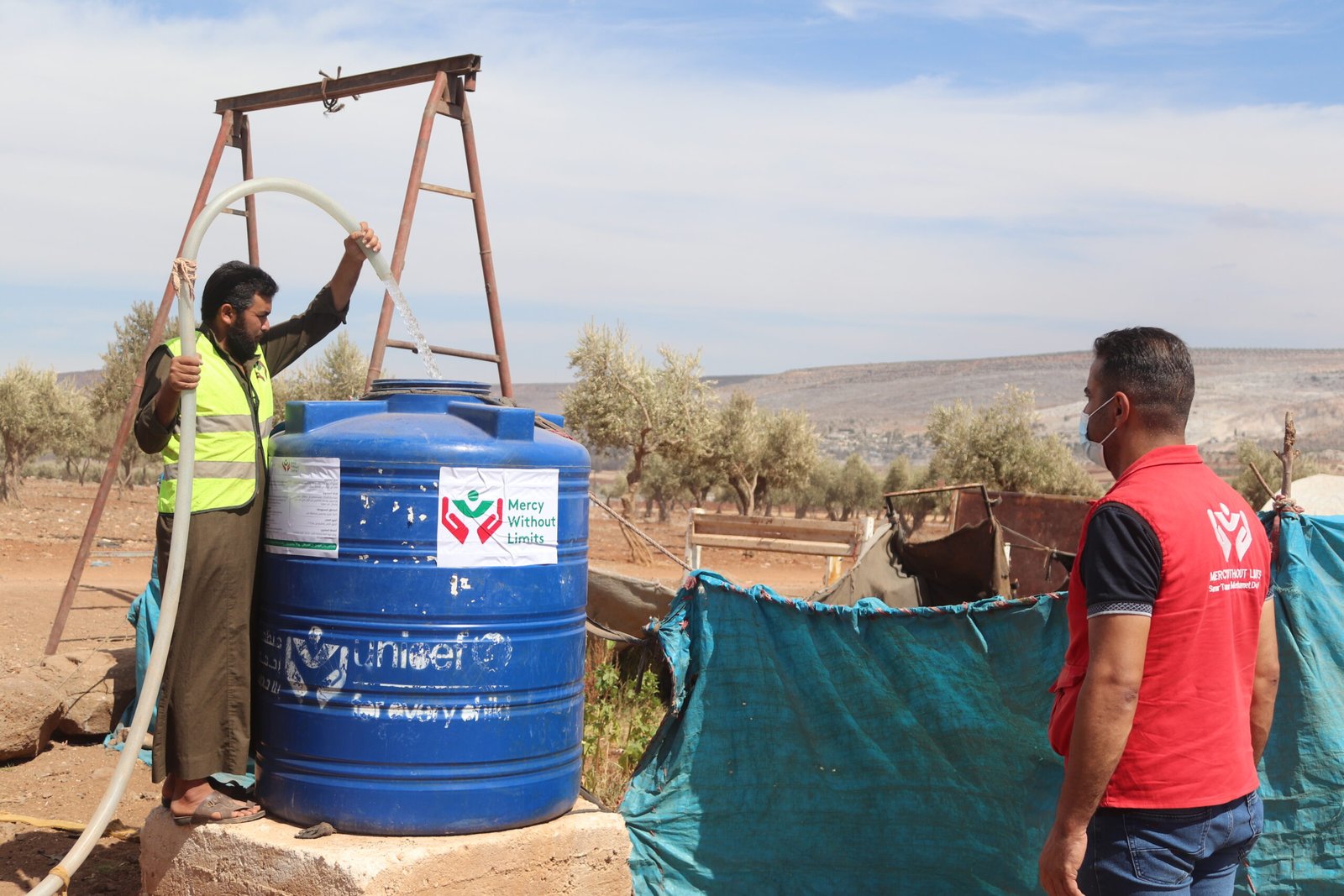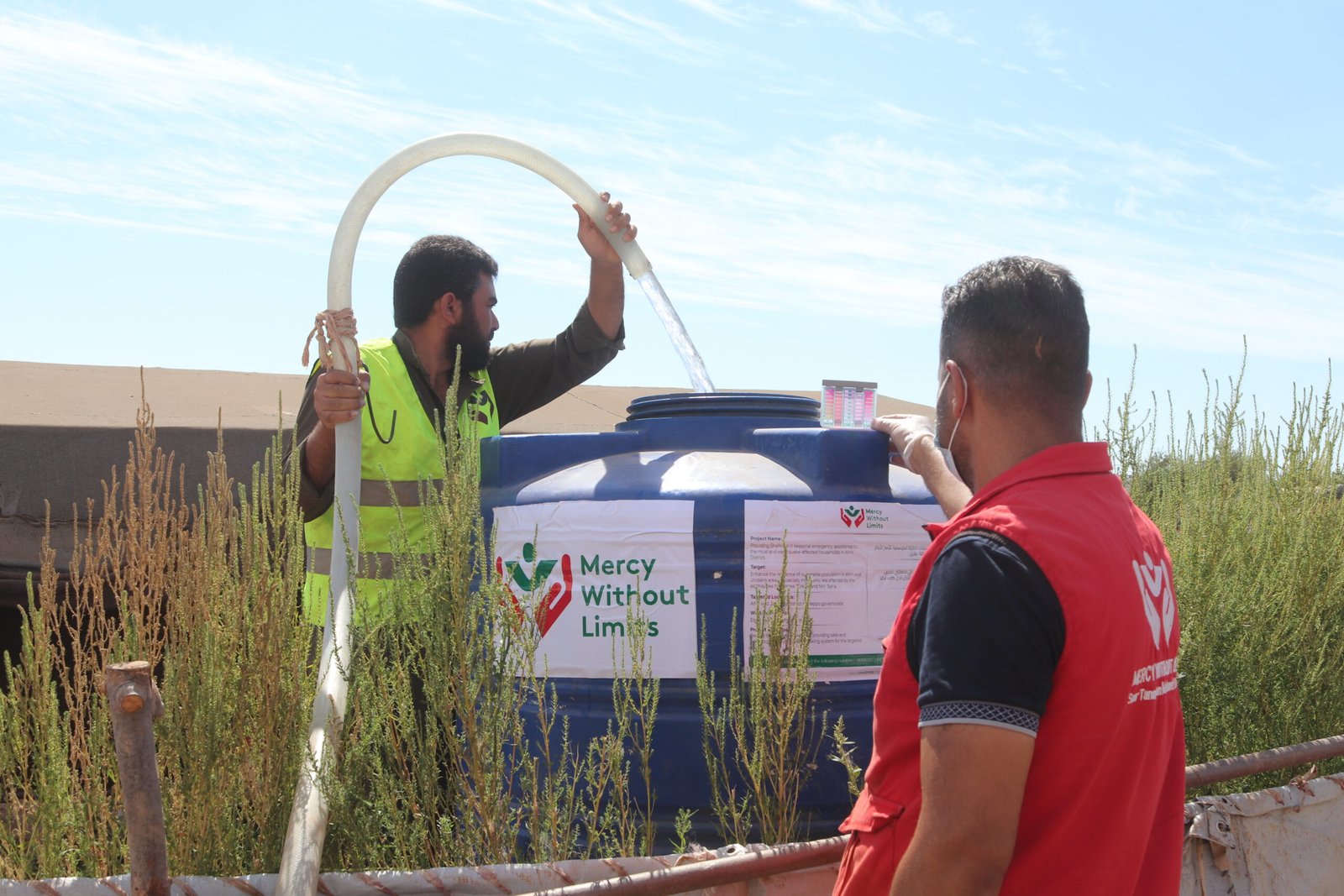
Help Restore Water Access for Damascus
Water is life—and it’s at risk.
We’re launching a vital project to restore four key wells in Jdeidet Yabous, Zarzar, Wadi Marwan, and Wadi Al-Kana’is. These wells supply 26% of Damascus’s water—serving 1.1 million people daily. We’re also upgrading transmission lines to ensure consistent and efficient water flow amid growing drought, falling groundwater, and rising demand.
Why It Matters
- Boost water delivery capacity
- Reduce shortages in high-need areas
- Reinforce supply networks long-term
- Support climate-stressed communities
Every donation helps restore critical infrastructure and secure clean, reliable water for over a million people in Damascus. Together, we can build a more resilient future for Syria.

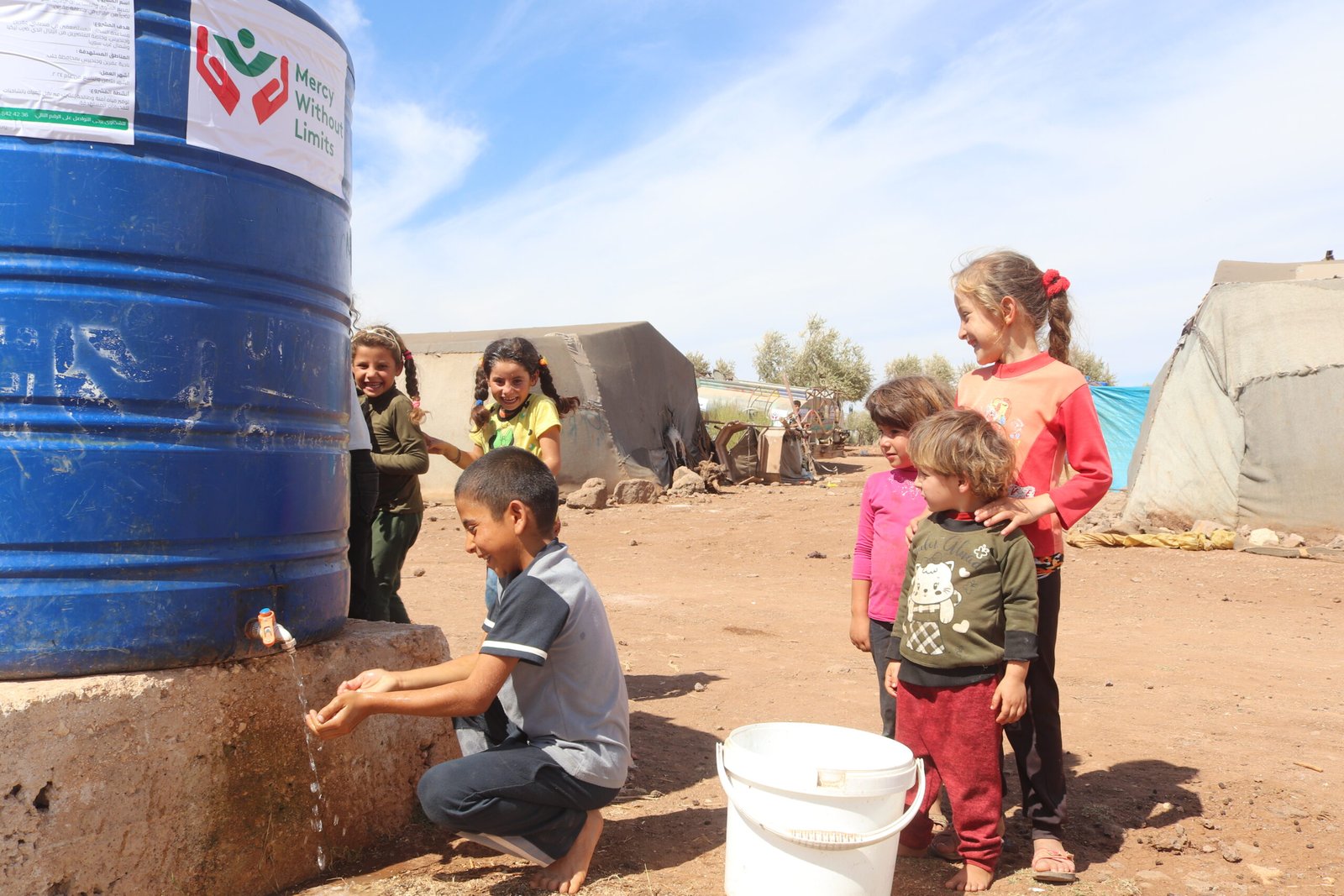
More Explanation
This document outlines a critical water infrastructure rehabilitation project aimed at restoring and stabilizing the water supply for Damascus and nearby regions.
The project includes detailed background information, the importance of the water sources, specific locations, duration, funding, and the scale of impact.
It also emphasizes the urgent need for intervention due to climate-related water scarcity.
Preparation and Rehabilitation of Water Stations and Wells in Rural Damascus
1. Introduction
Damascus is one of the largest cities in Syria in terms of population, with approximately 5 to 6 million people benefiting from the water pumping system in the city and its surrounding countryside. The water supply for these areas is secured from several main sources, including Barada Spring, Ain Al-Fijeh Spring, and multiple wells located in different regions. The city faces increasing challenges in ensuring water availability due to the decline in annual rainfall rates, which has directly impacted groundwater levels.
2. Water Sources in Damascus
- Barada Spring: Represents about 14% of the total water demand.
- Ain Al-Fijeh Spring: The primary water source, providing 60% of the water demand.
- Other Wells within Damascus: Cover 26% of the demand and are distributed across several regions: Wadi Marwan, Jdeidet Yabous, and Zarzar.
3. Project Location
Governorate: Rural Damascus
Areas: Wadi Marwan – Jdeidet Yabous – Zarzar
4. Project Duration
Start Date: 01-06-2025
End Date: 31-12-2025
5. Project Budget
6. Number of Beneficiaries
7. Current Situation and General Need
Damascus and its surrounding areas suffer from a severe shortage of water resources due to the continuous decline in rainfall rates over the past few years. During the 2024-2025 season, rainfall reached only 25% of the usual annual average. This significant drop has directly impacted groundwater levels, leading to reduced productivity of wells and springs, which are the main sources of water supply for the city.
8. Project Summary
The project aims to rehabilitate and maintain the strategic wells located in Jdeidet Yabous, Zarzar, Wadi Marwan, and Wadi Al-Kana’is, which are essential for supplying water to Damascus and its suburbs. The project also includes the maintenance of the transmission lines between the wells and water stations to ensure efficient pumping and stable water supply.
These operations will enhance pumping efficiency and stabilize water supply, thereby improving the capacity to meet the water needs of the population in the target areas, especially given the sharp decline in rainfall and groundwater levels.
9. Main Stations and Wells for Rehabilitation
| Location | Description | Number of Wells |
|---|---|---|
| Jdeidet Yabous – Western Center | Contains 6 wells | 6 |
| Jdeidet Yabous – Eastern Center | Contains 4 wells | 4 |
| Zarzar Station – Old Section | Contains 2 wells | 2 |
| Zarzar Station – New Section | Contains 3 wells | 3 |
| Wadi Marwan Station – Old Section | Contains 4 wells | 4 |
| Wadi Marwan Station – New Section | Contains 6 wells | 6 |
| Wadi Al-Kana’is Station | Contains 2 wells | 2 |

